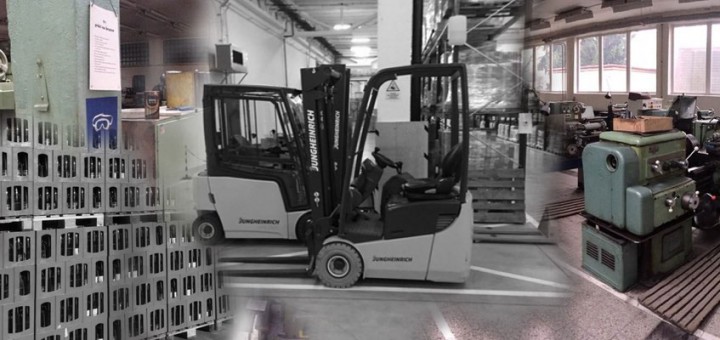Last Mile Logistics in the Context of Electronic Trading Growth

he rapid rise of eCommerce has also brought changes within the area of traffic management and supply chain analysis. Customers claim greater responsibility and effectivity and require the goods to be delivered ideally on the day of their order, as well as the option of delivery tracking. The requirements of eCommerce customers have completely changed the environment of last mile logistics.
How to Understand Last Mile Logistics?
This term is used in transport and describes the last phase of the supply chain, when the package is delivered to the end customer. The requirement of maximum freshness of goods, for example in case of Rohlik.cz or Kosik.cz is a typical illustration of this problematics. Without a perfectly designed warehouse, material and product flow and top-notch optimization, a system like this would not be able to function.
Price and Speed. How Has Last Mile Logistics Changed?
Last mile logistics is determined by two basic aspects: price and speed. Customers require quick delivery, but remain to be quite sensitive to price. Changes in last mile logistics must constantly react to and balance these two aspects with regard to customer needs. A lot of companies have started using the high-end service of last mile logistics as a key factor to differentiate from their competitors. They try to balance the quality of transport, reliability, effectivity and costs as a tool for exceeding their competitors on the market.
Interesting numbers came up from the research of McKincey & Company. It states that 25 % of people from USA, China and Germany are willing to pay more for their package being delivered on the day of its order. However, 70 % of customers prefer the cheapest delivery option, regardless of the time of the delivery. Even though the price is still a key criteria, it is assumed that within the following years, the situation will be changing. The requirements of speed and reliability will grow in significance.
What Are the Options for Last Mile Logistics?
The need to balance the price and speed determines 3 key options for last mile logistics?
- Regional warehouses
- Automation
- Crowdsourcing
The formation of regional warehouses is based on the assumption that if the goods are to be delivered on the same day, it is necessary to have it in a warehouse which is located near the end customer. It is absolutely necessary to find a way to have the goods placed closer to the required place of delivery. This requires advanced planning, methods of product flow simulation and warehouses deployment optimization.
Autonomous transport systems are on the rise and are considered to be one of the ways to meet customer requirements. In the following 15 years, they should be responsible for 80 % of all deliveries.
Crowdsourcing can be perceived as some kind of UBER for transportation. Drivers sign up for the service and can deliver packages in accordance with their own schedule. Could be a good idea, however privacy policy and law regulations of the field prevent wider utilization of crowdsourcing in logistics.
What Can We Say in Conclusion?
These changes in last mile logistics will indeed take place. It’s only a question of time and place. And where your enterprise will be once it expands and becomes a standard in your field.
Related articles
Jun 7, 2024
DJI introduces its first delivery drone
DJI introduces its first delivery drone
Jun 7, 2024
5 expert insights into the world of dynamic simulations and logistics
5 expert insights into the world of dynamic simulations and logistics
Apr 2, 2024